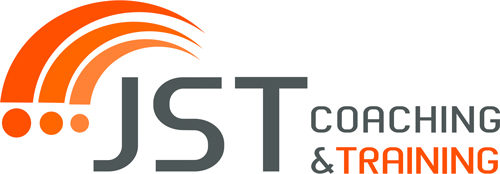The Americans with Disabilities Act (ADA) anniversary is observed annually on July 26th, marking the date when the ADA was signed into law by President George H.W. Bush in 1990. This landmark legislation prohibits discrimination against individuals with disabilities in various areas, including employment, transportation, public accommodations, and communications.
To grasp the ADA’s impact, it’s crucial to understand the discrimination people with disabilities faced beforehand. For example, “ugly laws,” prevalent in cities like Chicago in 1867, made it illegal for individuals deemed “unsightly or disgusting” due to disease or deformity to appear in public, subjecting them to arrest and fines. The last arrest was in Omaha in 1974 when a police officer arrested a man who had “visible marks and scars” on his body. The charges were dropped because prosecutors could not prove if someone was “ugly” or not in a court of law. After that, “ugly laws” around the country were quickly repealed.
One in five Americans lives with some form of disability and often faces discrimination.The ADA’s historical roots are deeply embedded in the struggle to dismantle such prejudice, with moments like the “Capitol Crawl” vividly illustrating the barriers faced by people with disabilities.
Is the ADA accommodating all?
While the ADA has undeniably spurred significant advancements in accessibility and inclusion, and despite a subsequent amendment in 2008 to broaden the definition of “disability,” its full impact is still being understood.
Despite significant litigation and debate, according to the U.S. Commission on Civil Rights, the ADA’s true impact on people with disabilities remains under-researched. Many still face obstacles like employment disparities and inaccessible infrastructure, showing that even with its broad protections and original goal of workplace equality, the path to a fully equitable society is ongoing.
What can we, as individuals, do?
Here are some things you can do to add power to the push for true equality.
- Educate & Advocate: Learn about disabilities and the ADA; use person-first language; challenge stereotypes.
- Listen & Respect: Prioritize individual needs; ask before assisting; respect autonomy.
- Promote Accessibility: Report barriers; advocate for inclusive design in all spaces.
- Be an Ally: Amplify disabled voices; challenge discrimination; support disability organizations.
While no single person can dismantle every barrier, our collective individual efforts can pave the way for greater inclusion.

